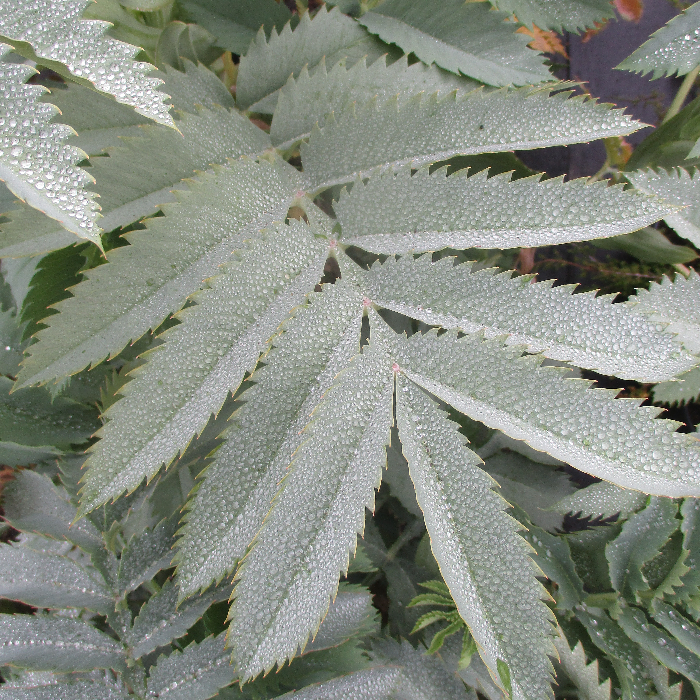UNITED STATES—Exotic plants are not native. They are from someplace else. Yet, most plants within most home gardens are exotic. Most are capable of tolerating the more extreme climates from which they originated. Some tropical or subtropical plants actually prefer milder climates. After the recent cool weather, some vulnerable plants exhibit symptoms of frost damage.
Vulnerability is relative though. Honeybush and elderberry can be mostly evergreen with minimal chill, or deciduous with more pronounced chill. Both tolerate more chill than they can experience here. What may seem to be frost damage of specimens that are normally evergreen could be a normal deciduous response to slightly abnormally cooler weather.
Frost damage is also relative. Partial defoliation of Mexican lime might happen annually after minor frost, so may not be alarming. However, such seemingly minor damage could involve stems or entire trees. Luxuriant canna foliage that so instantly becomes unsightly after minor frost can be more alarming. However, dormant rhizomes are safe until spring.
Some plants crave chill. Others loath it.
The simplest means to avoid frost damage is to not grow plants that are susceptible to it. Obviously, that is quite limiting. Besides, plants that were not susceptible last winter may be susceptible this winter or sometime in the future. Weather is annually variable. Some susceptible plants can grow in pots that are portable enough to relocate to winter shelter.
Small but immobile plants that are vulnerable to frost damage may appreciate temporary shelter during frosty weather. Any sort of sheeting or cardboard suspended by any sort of stakes and strings should be adequate. Ideally, the sheeting should not touch the foliage below. Incandescent Christmas lights under such sheeting radiate a slight bit of warmth. Frost occurs only at nighttime locally.
Frost protection can be unsightly, but it is less unsightly than frost damage. Fortunately, it is temporary during frost. If not too unsightly, most frost damage should remain until after the last frost date. It insulates other vulnerable vegetation within. Furthermore, premature grooming or pruning stimulates new growth that is more vulnerable to subsequent frosts.
Highlight: Honeybush
Where winter weather is cooler, honeybush, Melianthus major, is likely to be deciduous. If so, it annually sheds all growth that is above ground. It cannot bloom where deciduous because only growth of a previous season can bloom. That is no problem here. Dark red floral spikes bloom boldly about two feet above jungly evergreen foliage for early spring.
This silvery gray foliage can grow taller and wider than six feet, even if deciduous during winter. Foliar texture is both luxuriant and elegant. Pinnately compound leaves are more than a foot long with serrate leaflets. Evergreen plants are tidier with grooming to remove deteriorating older foliage as new foliage replaces it. Deciduous plants are always fresh.
‘Antonow’s Blue’ is a bit bluer than the straight species. ‘Purple Haze’ is slightly purplish, with a slightly finer foliar texture. Some notice that the rich fragrance of honeybush bloom resembles that of honey. Also, some notice that the foliar aroma can be rather grungy. All parts of honeybush are toxic. Honeybush wants regular watering and abundant sunlight.
Tony Tomeo can be contacted at tonytomeo.com.






